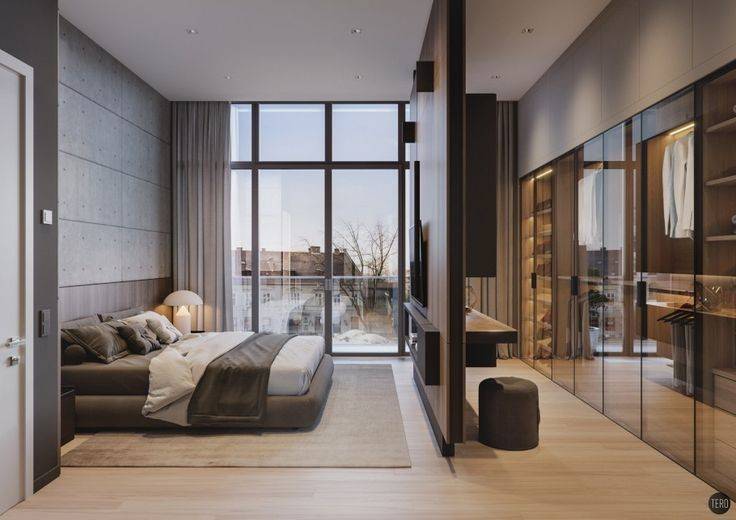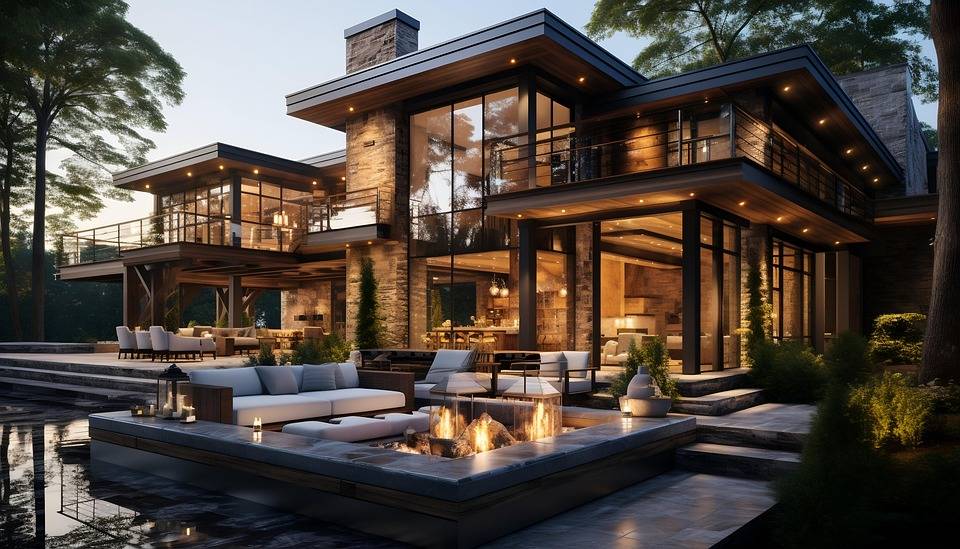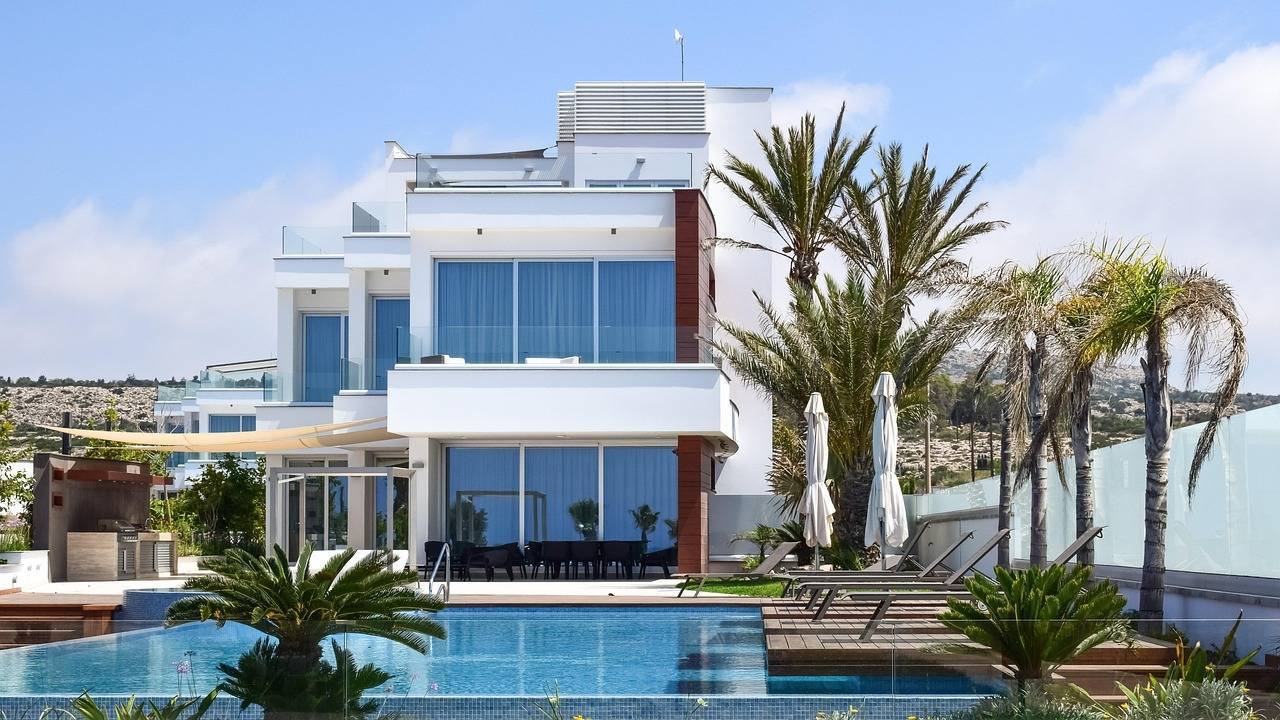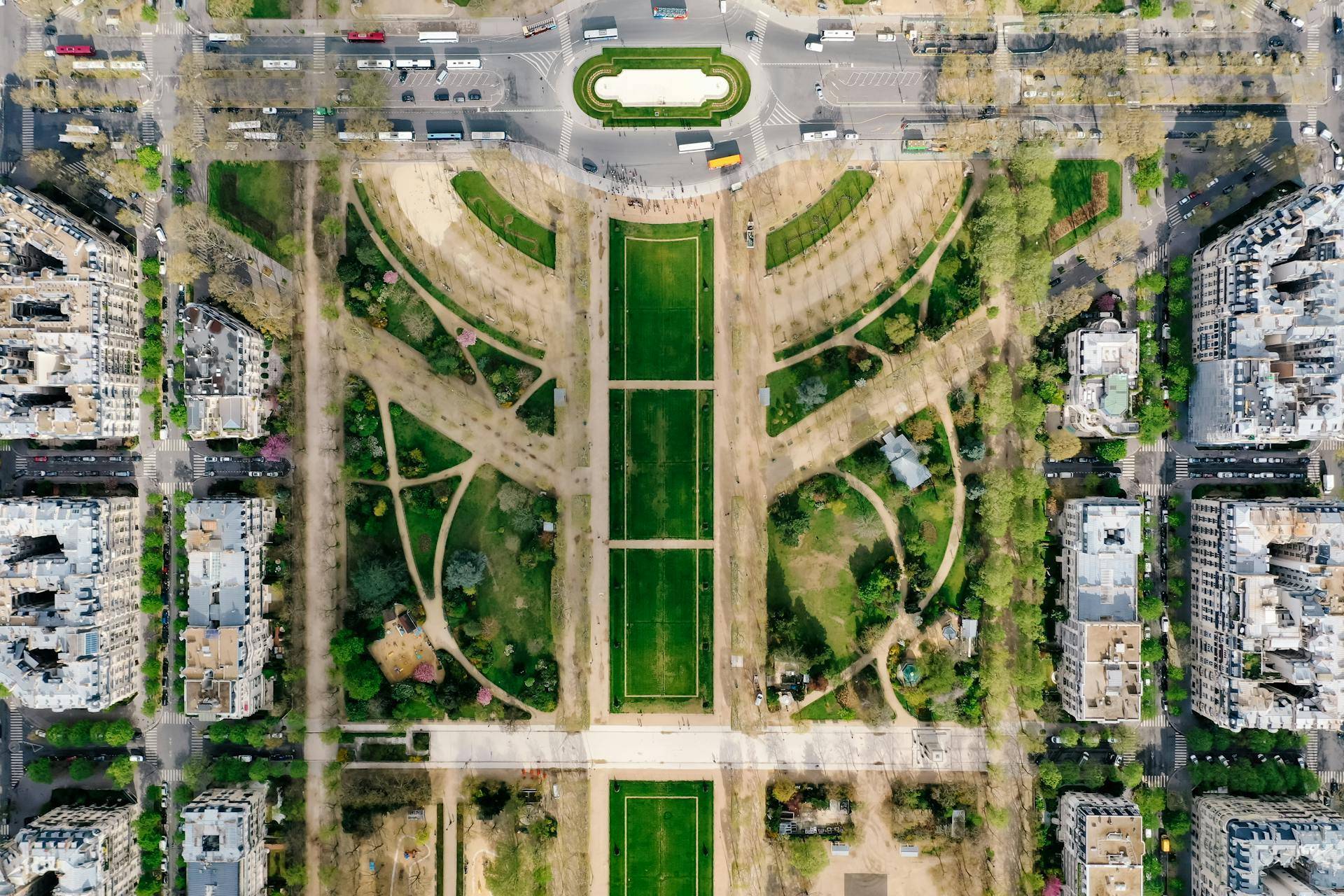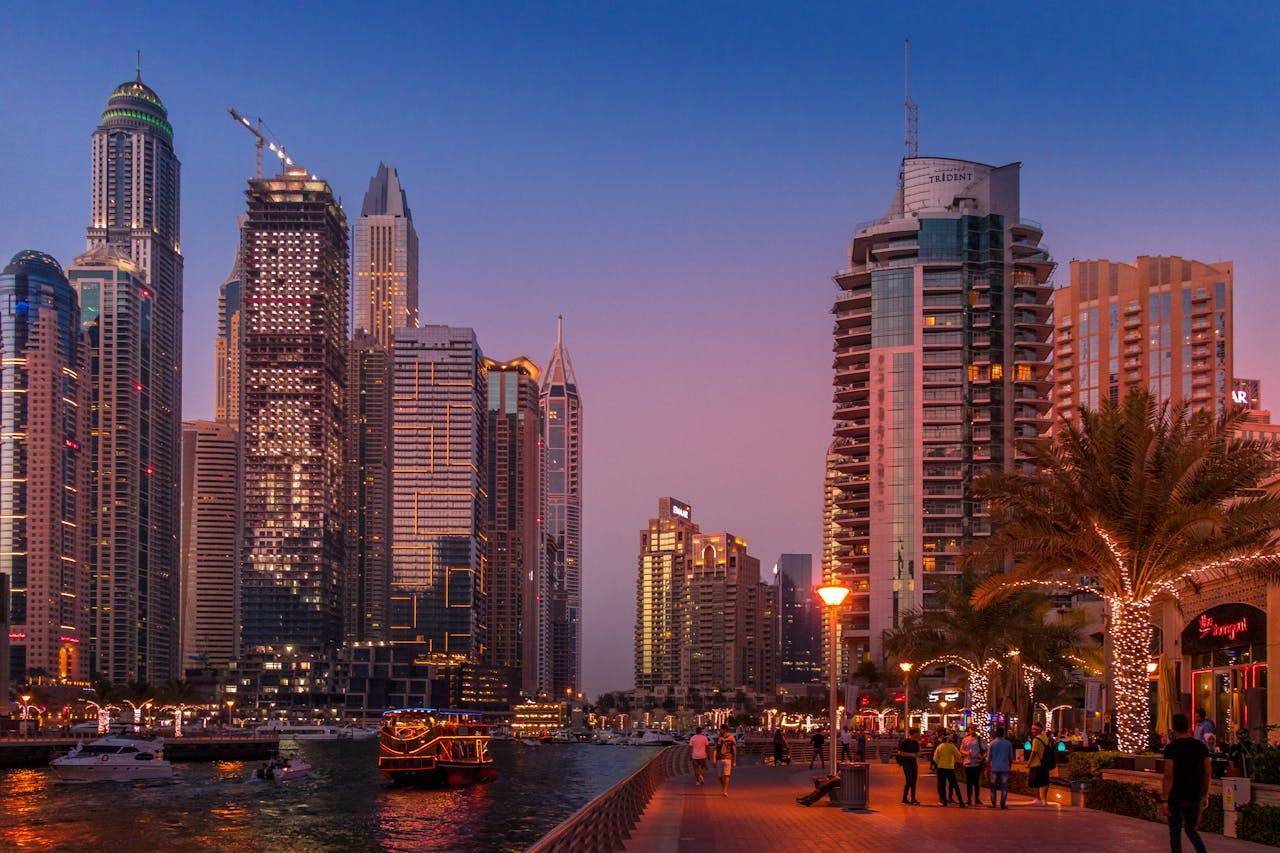The Indian real estate market has undergone a significant transformation in the past five years, marked by a notable increase in the average size of apartments across major cities. The most remarkable growth has been observed in the National Capital Region (NCR), which has experienced a staggering 96% rise in average flat sizes, according to a report by Anarock Research. This trend is primarily driven by a surge in the supply of luxury apartments, reflecting changing consumer preferences and the evolving dynamics of urban housing.
A Nationwide Trend Toward Larger Apartments
Across India's top seven cities—NCR, Mumbai Metropolitan Region (MMR), Bengaluru, Hyderabad, Chennai, Kolkata, and Pune—average apartment sizes have increased from 1,145 square feet in 2019 to 1,513 square feet in the first half of 2024 (H1 2024). This 32% increase is indicative of a broader shift in the market towards more spacious living arrangements, driven by both rising incomes and changing lifestyle aspirations.
NCR’s Leads Apartment Size Growth
The NCR has emerged as the leader in this trend, with average flat sizes expanding from 1,250 square feet in 2019 to 2,450 square feet in H1 2024. This 96% growth is unparalleled among the top cities, with the region also recording the highest increase in the last six months alone—a 30% rise from 2023, when the average flat size was 1,890 square feet.
This rapid expansion in apartment sizes can be attributed to the burgeoning luxury segment. In H1 2024, approximately 24,300 units were launched across different budget segments in the NCR, with luxury homes making up 77% of this new supply. This focus on luxury apartments has driven the average size of new flats significantly higher, as developers cater to a growing demand for more spacious and premium living spaces.
While NCR has witnessed the most dramatic increase in apartment sizes, it is important to consider how other major cities have fared in this trend. The dynamics of average flat sizes vary significantly across the top seven cities in India, influenced by factors such as demand, land availability, and the types of housing projects being developed.
Variation in Apartment Sizes Across Major Indian Cities
Hyderabad
Hyderabad has been prominent in the luxury housing segment, with average flat sizes increasing by 18% over the past five years—from 1,700 square feet in 2019 to 2,010 square feet in the first half of 2024. However, the city saw a 13% reduction in average flat sizes between 2023 and early 2024. This decrease may be due to shifting buyer preferences or a focus on mid-range housing projects, balancing the city’s luxury segment with more affordable options.
Bengaluru
Known as India’s Silicon Valley, Bengaluru has also experienced significant growth in average flat sizes. The average apartment size increased from 1,280 square feet in 2019 to 1,630 square feet by the first half of 2024—a 27% rise over five years. Between 2023 and early 2024, the city saw a 10% increase in average flat sizes. This growth can be attributed to the expanding luxury housing market, driven by a burgeoning tech industry and Bengaluru’s appeal as a hub for professionals seeking spacious, high-end homes.
Chennai
Chennai's real estate market has seen a steady increase in average apartment sizes, though not as pronounced as in NCR or Hyderabad. In the first half of 2024, the average flat size in Chennai was 1,450 square feet, reflecting a balanced demand for both luxury and mid-range housing. The city’s consistent growth trajectory caters to a diverse group of buyers, from affluent professionals to middle-income families.
Kolkata
Kolkata has traditionally been a market where affordability is a key factor in housing decisions. Consequently, the average flat size in Kolkata is smaller compared to other major cities. In the first half of 2024, the average flat size was 1,125 square feet. While suitable for mid-sized families, this size reflects a more modest approach to luxury living compared to cities like NCR or Bengaluru. The city’s conservative growth in apartment sizes mirrors the prevailing economic conditions and buyer preferences.
Pune
Pune, often considered a sister city to Mumbai in terms of real estate dynamics, has seen a slight increase in average flat sizes over the past five years. The average size was 1,103 square feet in the first half of 2024, indicating steady demand for compact and affordable housing, similar to trends observed in MMR. Pune’s real estate market remains resilient, focusing on meeting the needs of its large workforce from the thriving IT and manufacturing sectors.
Mumbai Metropolitan Region (MMR)
MMR, encompassing Mumbai and its surrounding areas, has experienced the smallest increase in average apartment sizes over the last five years. In 2019, the average flat size was 784 square feet, rising modestly to 825 square feet by the first half of 2024, reflecting a mere 5% growth. This limited increase is due to the region's acute space constraints, high property prices, and strong demand for compact, affordable housing. Despite being one of the most expensive real estate markets in the country, the average flat size in MMR remains the smallest among the top seven cities. A slight dip in average sizes in 2023 compared to 2022 further highlights the market's volatility.
The Broader Impact of the Luxury Segment
The rise in average apartment sizes is a clear indication of the growing influence of the luxury segment in India's real estate market. The demand for larger homes is being driven by multiple factors, including a post-pandemic shift in living preferences, where space has become a premium commodity. Moreover, as the economy continues to grow and urban populations expand, the appetite for luxury homes is likely to remain strong, further pushing developers to cater to this high-demand segment.
The trend of increasing apartment sizes is not just a reflection of luxury demand but also of changing demographics, with more nuclear families and young professionals looking for homes that offer both comfort and status. As cities continue to grow and evolve, the real estate market is expected to adapt accordingly, with the luxury segment playing a pivotal role in shaping the future of urban housing.
Conclusion
The significant growth in average apartment sizes across India's top cities, especially the remarkable 96% increase in the NCR, highlights the evolving dynamics of the real estate market. The shift towards luxury apartments is not just a trend but a reflection of changing consumer preferences and broader economic factors. As developers continue to respond to this demand, the landscape of urban housing in India is set to become increasingly dominated by larger, more luxurious living spaces, particularly in the NCR region.

